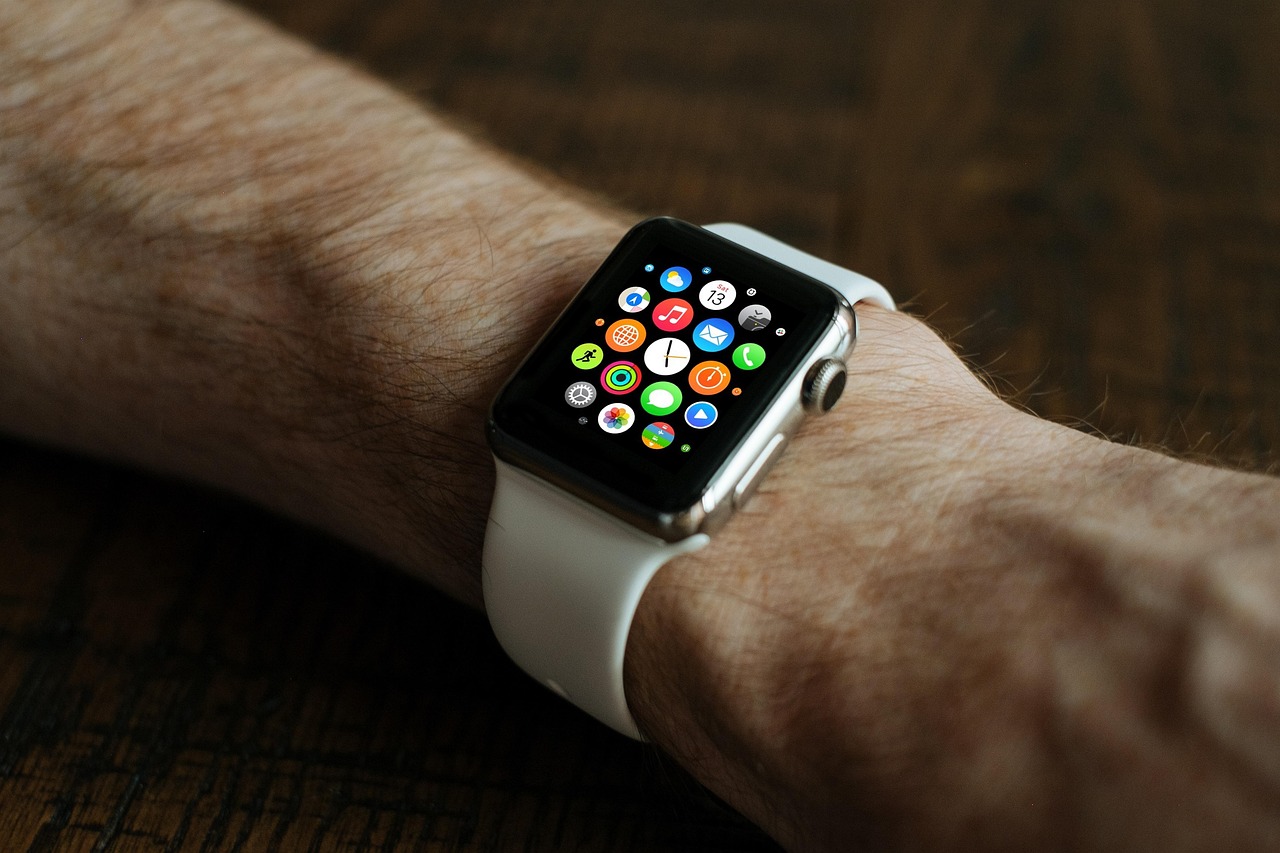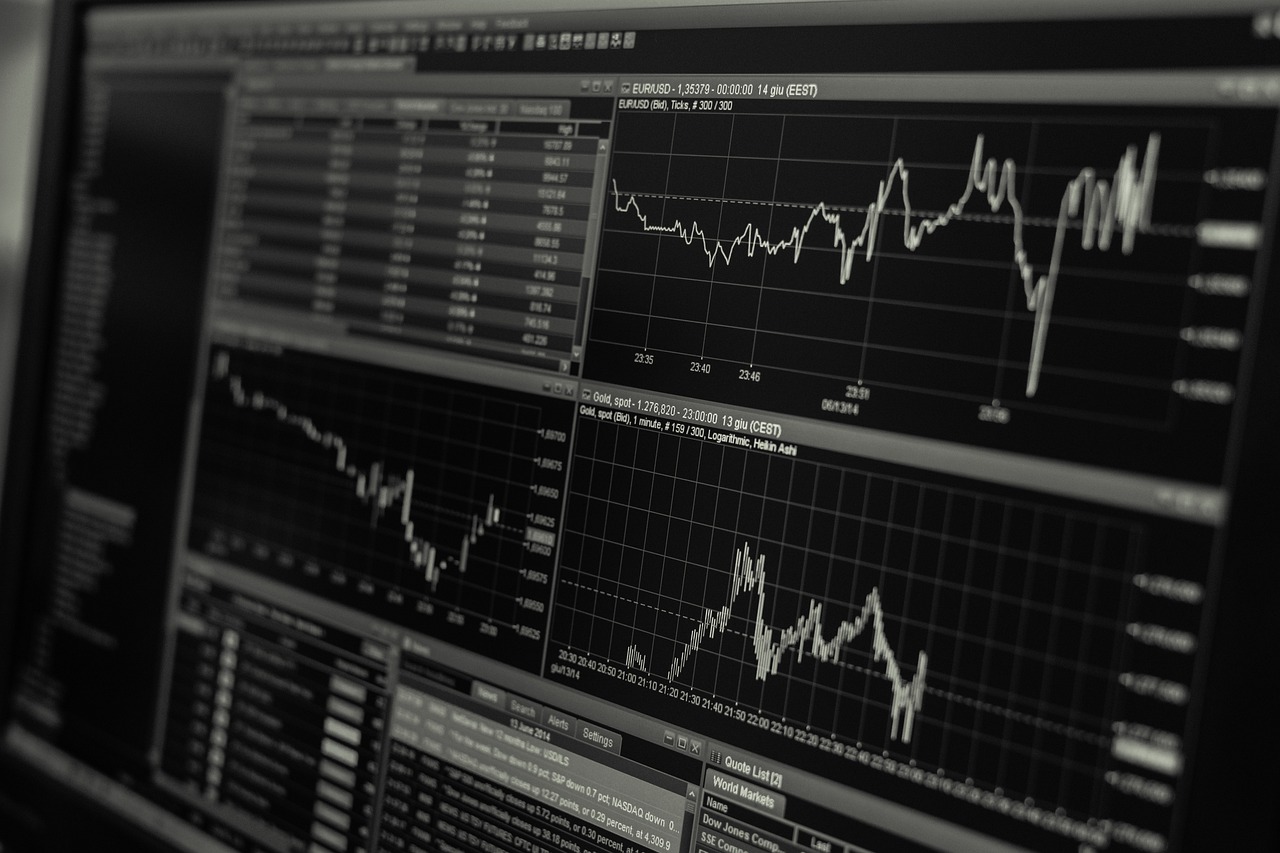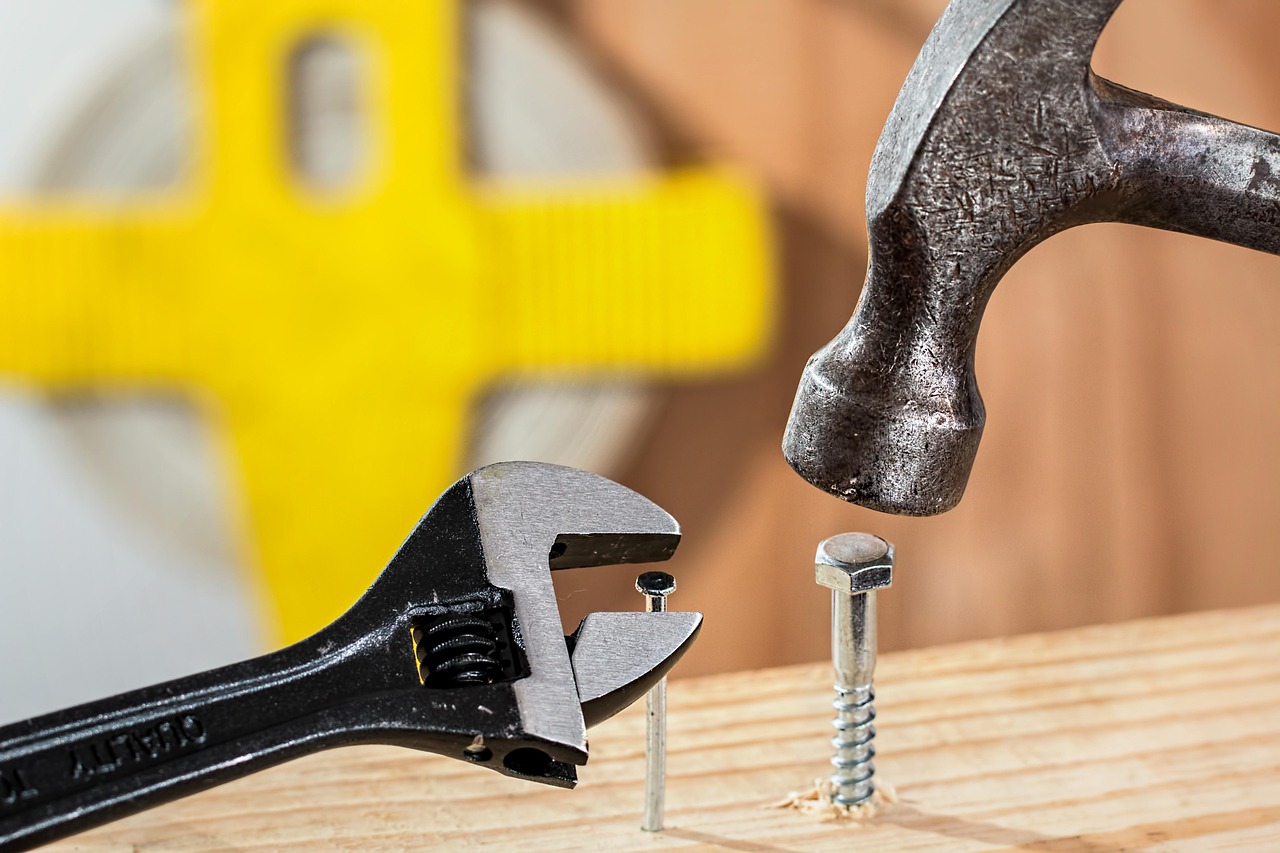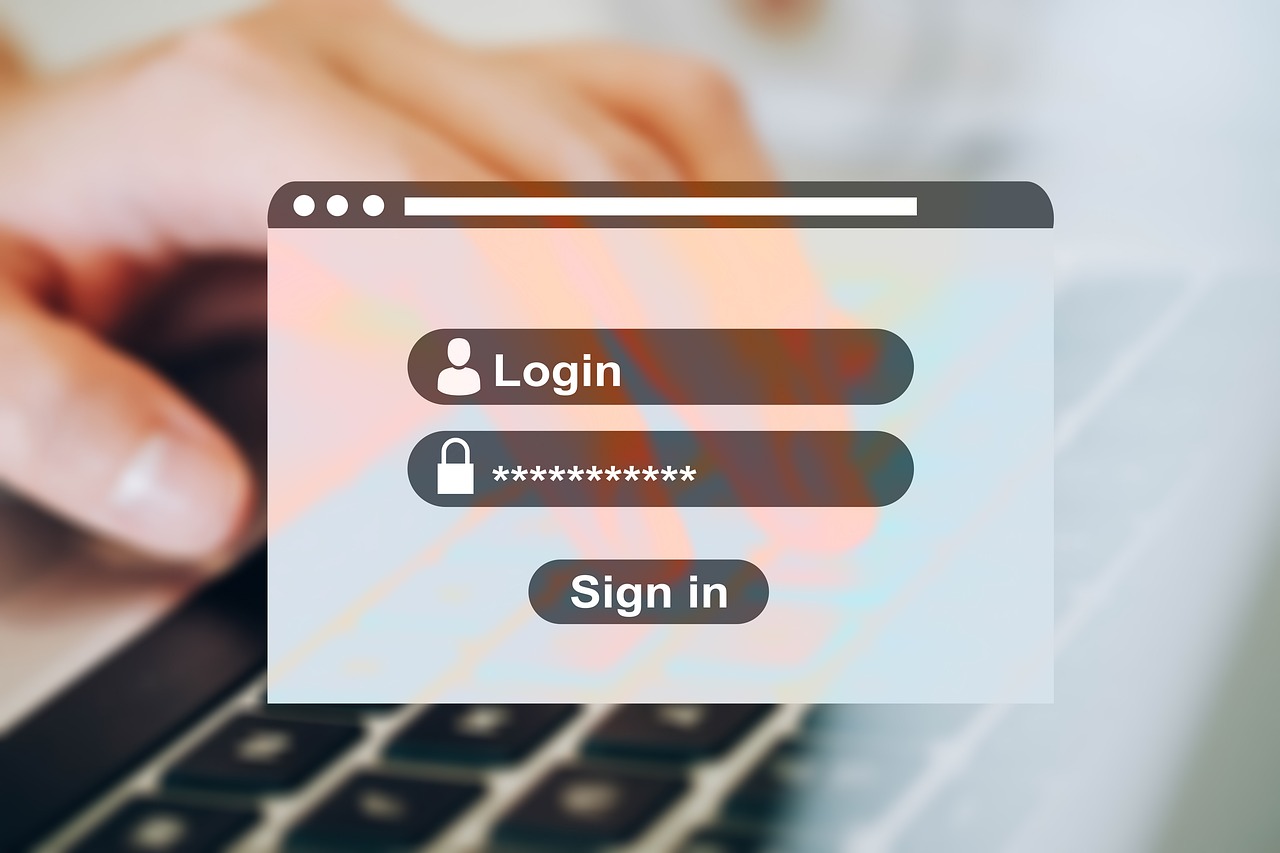Budgeting Apps Support Envelope-Style Budgeting

In today’s fast-paced digital economy, managing personal finances efficiently is more important than ever. One traditional method that has stood the test of time is envelope-style budgeting. This approach divides available funds into specific categories, typically using physical envelopes to allocate cash for expenses like groceries, utilities, and entertainment. Despite being a time-honored strategy, it is now being revitalized by digital budgeting apps, which provide a modern twist to this classic method.
Envelope-style budgeting is rooted in simplicity and discipline. It forces individuals to make conscious decisions about their spending by limiting expenditures to the cash available in each envelope. Once an envelope is empty, no more spending is allowed in that category until more funds are allocated. This method not only prevents overspending but also encourages saving by clearly delineating discretionary and non-discretionary expenses.
In recent years, technology has made envelope budgeting more accessible and flexible. Budgeting apps have emerged as powerful tools to emulate the envelope system digitally, offering users a convenient and often more efficient way to manage their finances. Here are several ways in which these apps support envelope-style budgeting:
- Digital Envelopes: Most budgeting apps allow users to create virtual envelopes for different spending categories. Users can easily allocate funds to each category and monitor their spending in real-time, eliminating the need for physical cash handling.
- Automated Tracking: These apps often link directly to bank accounts and credit cards, automatically tracking transactions and updating envelope balances. This feature reduces manual entry errors and saves time, allowing users to focus on financial planning rather than bookkeeping.
- Customizable Categories: Unlike traditional envelopes, digital versions offer flexibility in defining categories. Users can tailor their budget to reflect individual priorities and financial goals, whether saving for a vacation or managing household expenses.
- Real-Time Notifications: Many apps provide instant notifications when nearing spending limits, helping users stay on track. Alerts for upcoming bills and recurring expenses also ensure timely payments and avoid late fees.
- Data Analysis: Advanced budgeting apps often include analytical tools that provide insights into spending habits. By reviewing trends over time, users can identify areas for improvement and make informed financial decisions.
Globally, the adoption of digital finance management tools is on the rise. A report from the World Bank indicates that financial app usage has increased significantly, driven by the need for accessible and efficient money management solutions. In countries with high smartphone penetration, such as the United States and parts of Europe, budgeting apps are becoming integral to personal financial planning.
However, the effectiveness of envelope-style budgeting apps depends on user commitment. Adopting a disciplined approach to financial management is crucial, as is regularly reviewing and adjusting budgets to reflect changes in income and expenses. Security is another consideration; users must ensure that the apps they choose have robust data protection measures in place to safeguard sensitive financial information.
In conclusion, budgeting apps have breathed new life into the envelope-style budgeting method, offering a digital solution that retains the core principles of this traditional approach. By integrating technology with time-tested budgeting strategies, these apps provide a powerful tool for managing personal finances in the modern age. As digital finance continues to evolve, envelope-style budgeting apps are likely to remain a valuable resource for individuals seeking to gain control over their financial lives.














